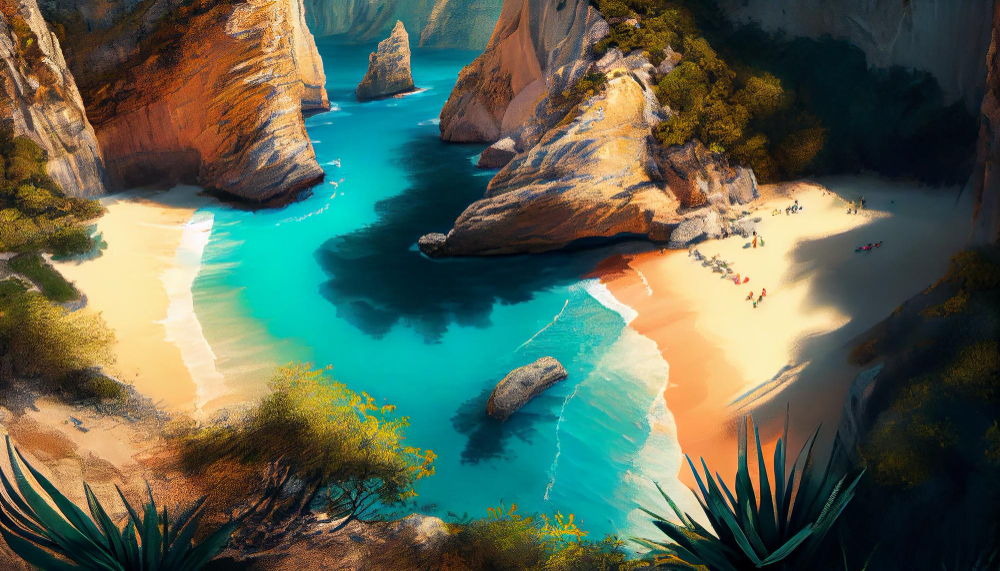
Creating Expressive Landscapes: Exploring Abstract and Symbolic Elements in Drawing
Drawing landscapes has long been a popular artistic pursuit, allowing artists to capture the beauty of nature with precision and detail. However, there is another dimension to landscape drawing that goes beyond realistic representation. By incorporating abstract and symbolic elements, artists can create expressive landscapes that evoke emotions, convey ideas, and transcend the boundaries of reality. In this article, we delve into the world of creating expressive landscapes, exploring the use of abstract and symbolic elements in drawing.
Embracing Abstraction: Breaking Free from Realism
Abstract elements in landscape drawing involve the simplification and distortion of forms, colors, and textures to create a more subjective and expressive representation of the scene. By focusing on shapes, lines, and colors, artists can convey the essence and mood of the landscape, rather than the minutiae of every detail. Abstraction allows for personal interpretation and invites viewers to engage with the artwork on a deeper, emotional level.
The Power of Symbolism: Infusing Meaning into Landscapes
Symbolism in landscape drawing involves the use of objects, elements, or colors to represent abstract ideas, emotions, or concepts. Artists can incorporate symbolic elements to imbue their landscapes with deeper meaning and create a narrative. For example, a lone tree might symbolize resilience or solitude, while a flowing river can represent the passage of time or life’s journey. Symbolism adds layers of interpretation and invites viewers to explore the hidden messages within the artwork.
Exploring Color: Beyond Realistic Representation
Color plays a crucial role in landscape drawing, and artists can employ a wide range of palettes to evoke different emotions and set the mood of the artwork. In expressive landscapes, artists often deviate from realistic color schemes and embrace bold, vibrant hues or even monochromatic tones to create a heightened sense of atmosphere and convey the desired emotions. Color can be used strategically to emphasize certain elements or create visual harmony within the composition.
Composition and Perspective: Conveying Depth and Dynamics
Composition and perspective are essential elements in creating expressive landscapes. Artists can experiment with unconventional composition techniques, such as asymmetry or unconventional viewpoints, to add intrigue and dynamism to their drawings. By manipulating the placement of elements, artists can guide the viewer’s eye and create a sense of depth, leading to a more engaging and immersive experience.
Personal Expression: Infusing Your Artistic Voice
Expressive landscape drawing provides artists with a unique opportunity for personal expression. It allows for the exploration of emotions, memories, and experiences, transforming the artwork into a reflection of the artist’s inner world. Artists are encouraged to tap into their imagination, intuition, and personal vision to create landscapes that are not merely replicas of nature but expressive interpretations that convey their own thoughts, feelings, and perspectives.
Beyond the Visible, Unleashing Creativity
Creating expressive landscapes through the use of abstract and symbolic elements opens up a world of artistic possibilities. By breaking free from the confines of realism, artists can tap into their creativity, infuse deeper meanings, and evoke emotions in their drawings. Through abstraction, symbolism, color, composition, and personal expression, landscape drawing becomes a powerful form of artistic communication that transcends the boundaries of the visible world.